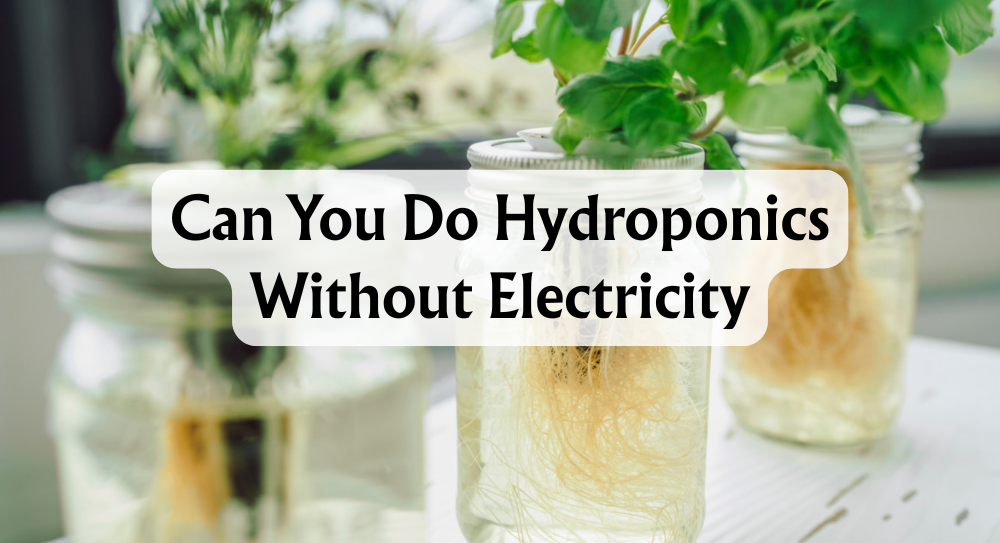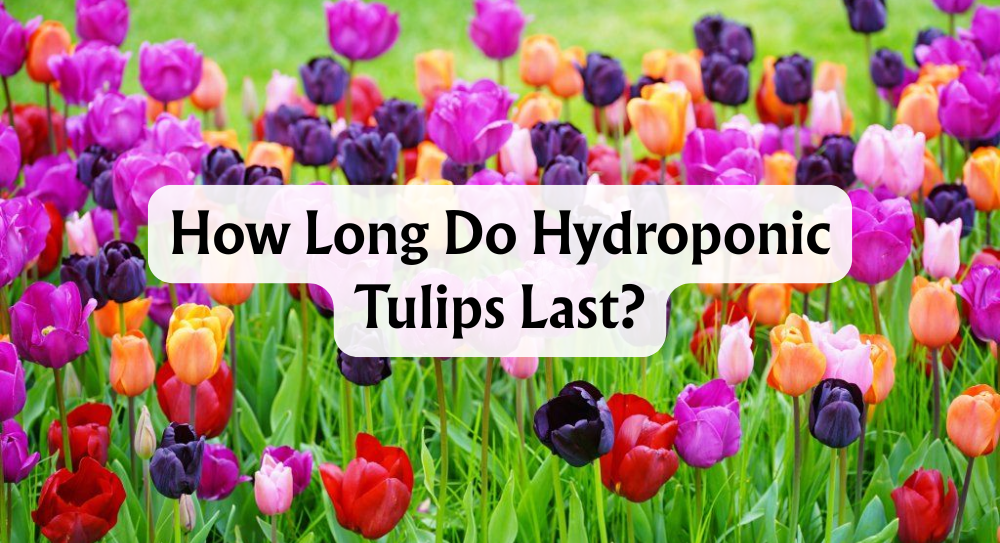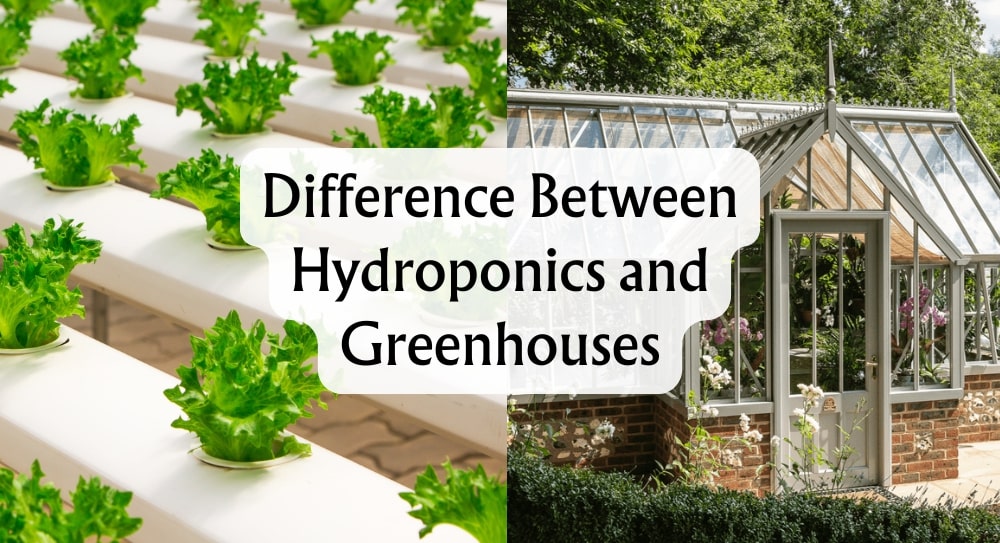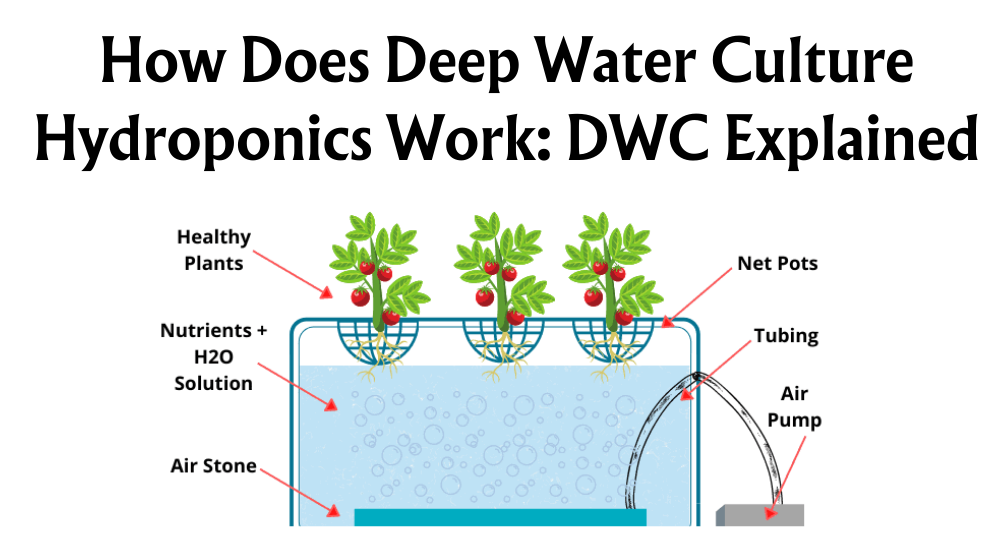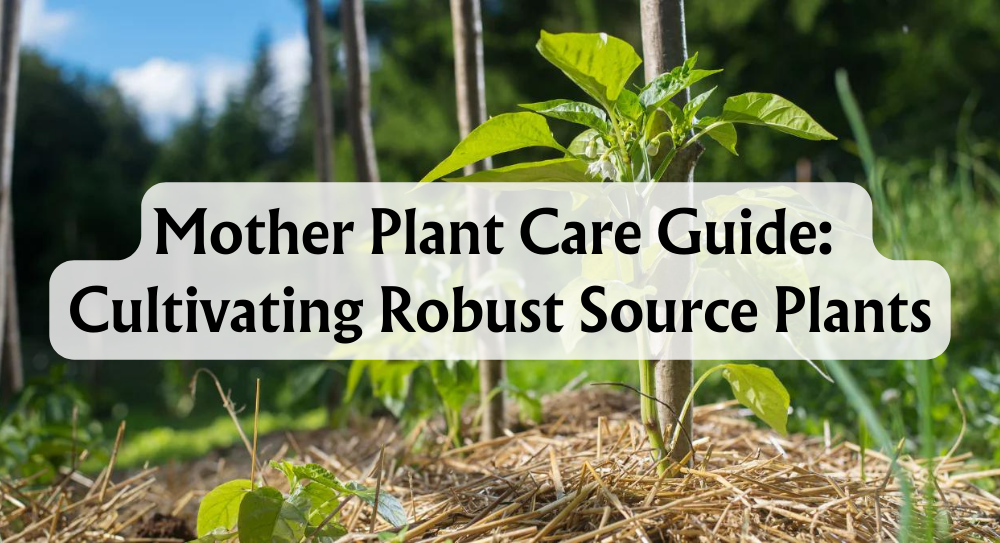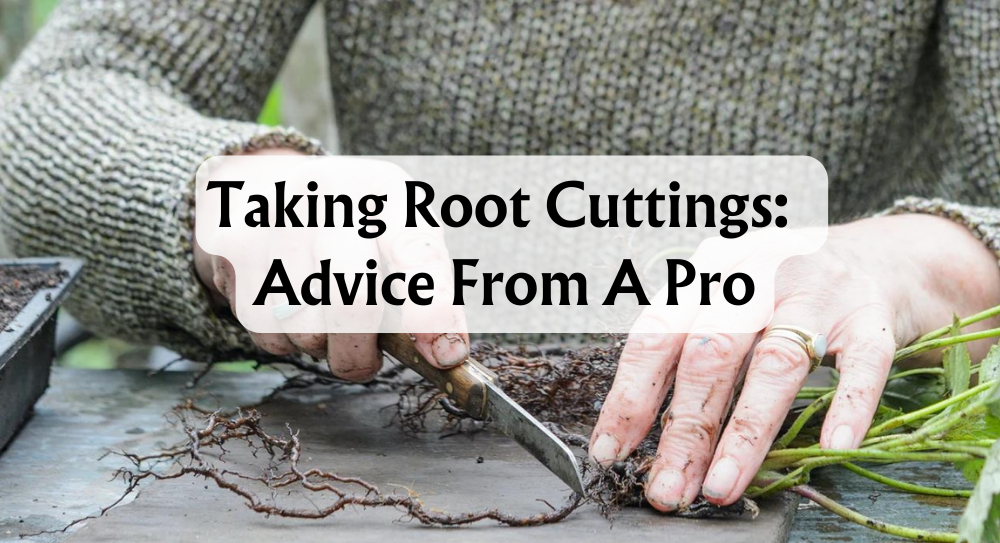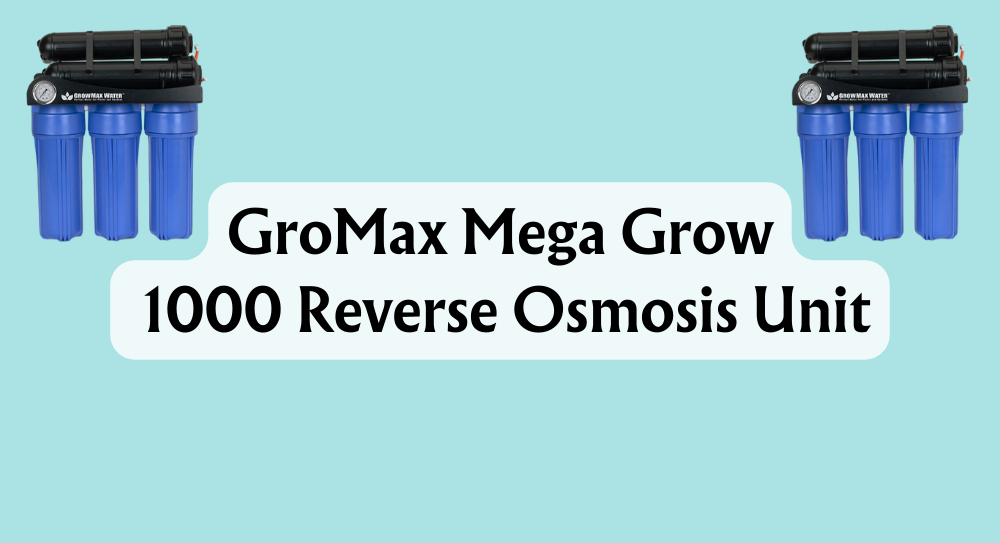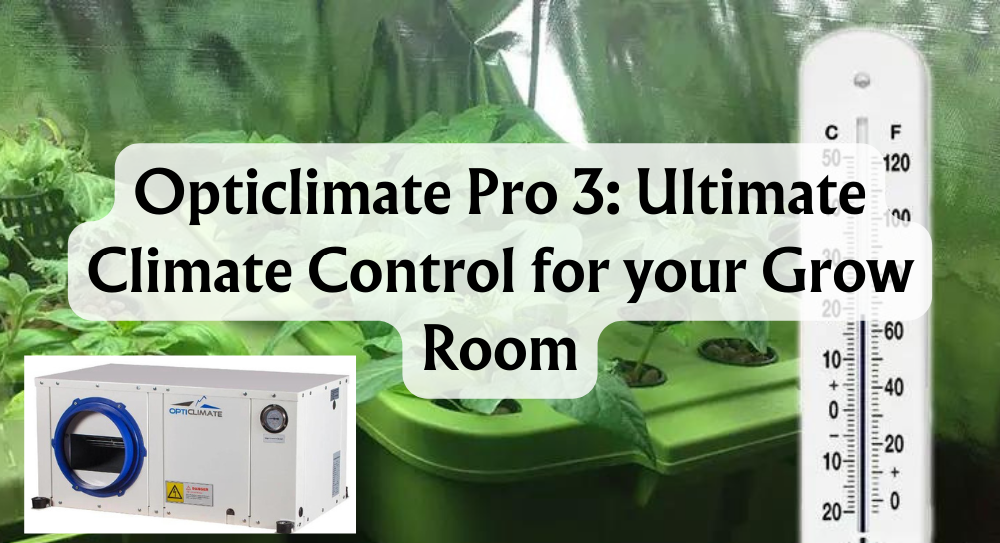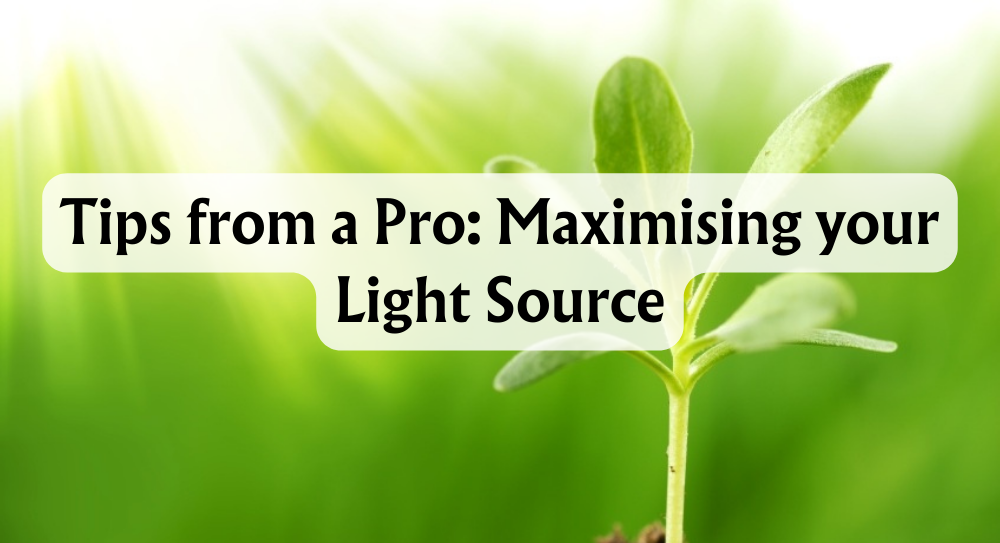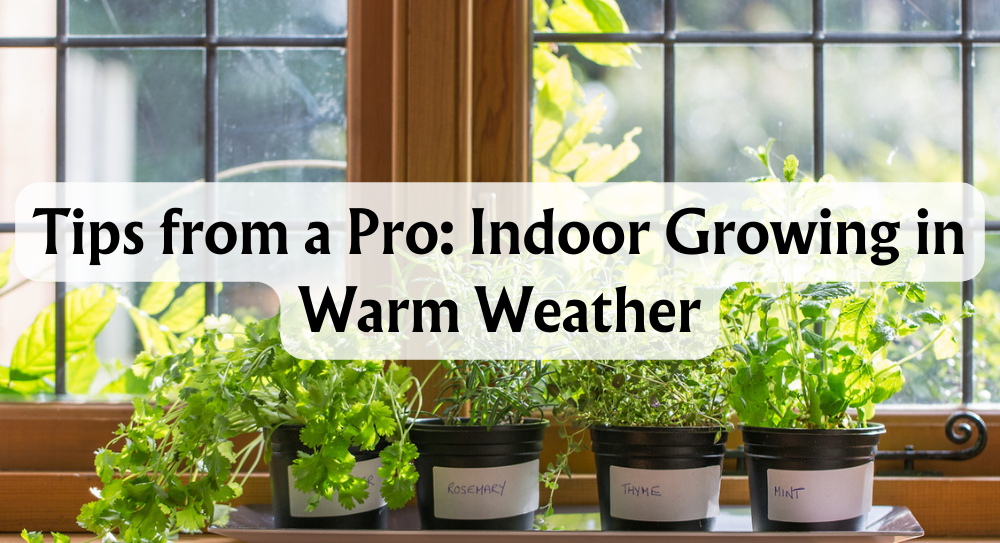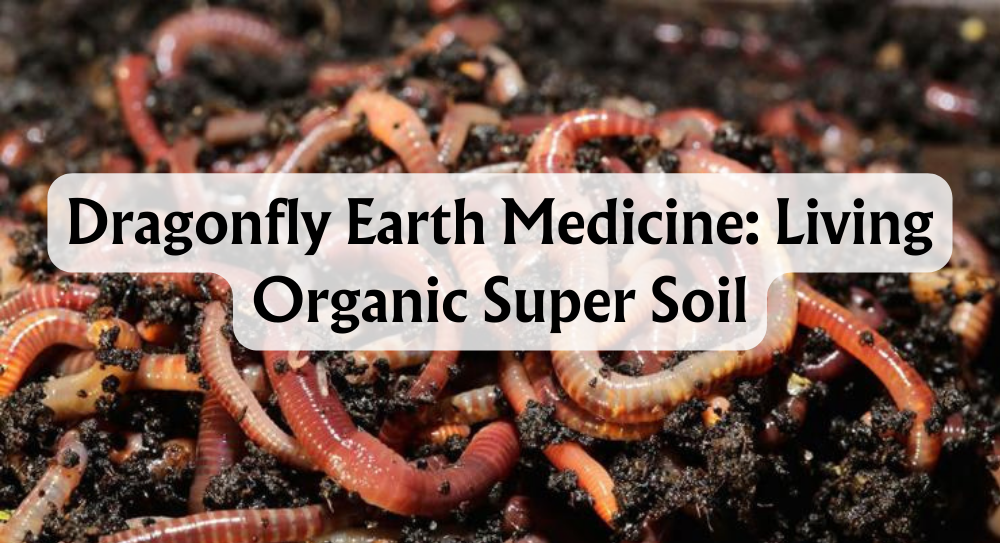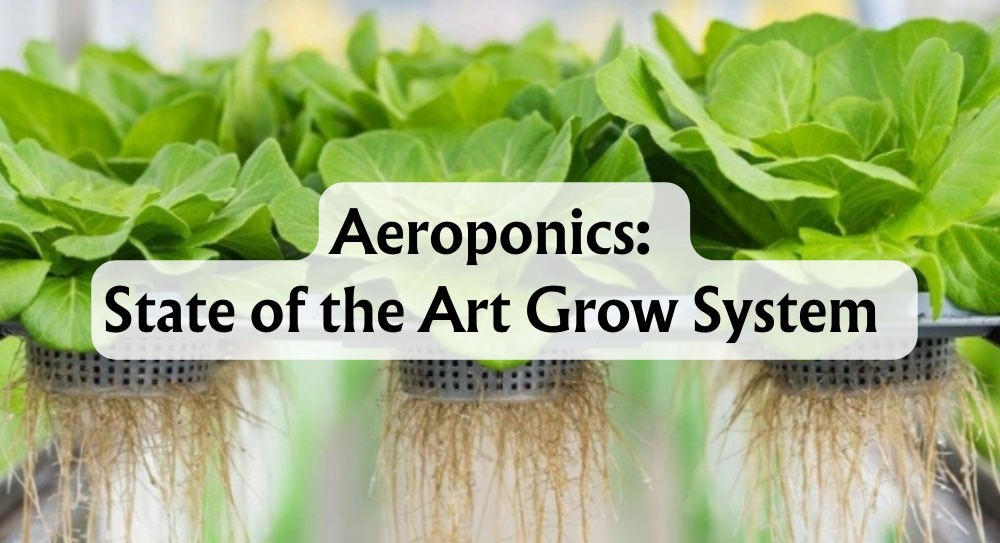Hydroponics is becoming increasingly popular as people look for efficient ways to grow food at home. In recent years, there's been a surge of interest in systems that don't demand a power source. Yes, you can do hydroponics without electricity by using systems like the Kratky method, which eliminates the need for pumps. This is particularly appealing for those of us wanting to transition to an off-grid lifestyle or reduce our energy consumption.
The idea might seem daunting, but the concept of electricity-free systems is quite straightforward and user-friendly. The Kratky method stands out for its simplicity; by suspending plants above a nutrient solution, it allows them to grow without the need for continuous water or air circulation. This approach makes it possible to enjoy the benefits of hydroponics without the complexity of electrical systems, offering a sustainable alternative for our gardening endeavours.
For those curious about setting up their own plant system, we're delving into the steps for creating an effective Kratky setup. This exploration will not only provide valuable insights but also serve as a guide for those ready to embrace this greener way of cultivating plants.
Key Takeaways
- Hydroponics can be done without electricity using simple methods.
- The Kratky method allows plants to grow in a nutrient solution without pumps.
- Simple setup makes it accessible for off-grid and energy-conscious living.
What Is Hydroponics?
Hydroponics is a fascinating method of growing plants that skips traditional soil. Instead, we use nutrient-rich water solutions to nourish and sustain plant growth. This innovative approach allows us to cultivate a variety of plants efficiently, often leading to faster growth and higher yields compared to traditional soil farming.
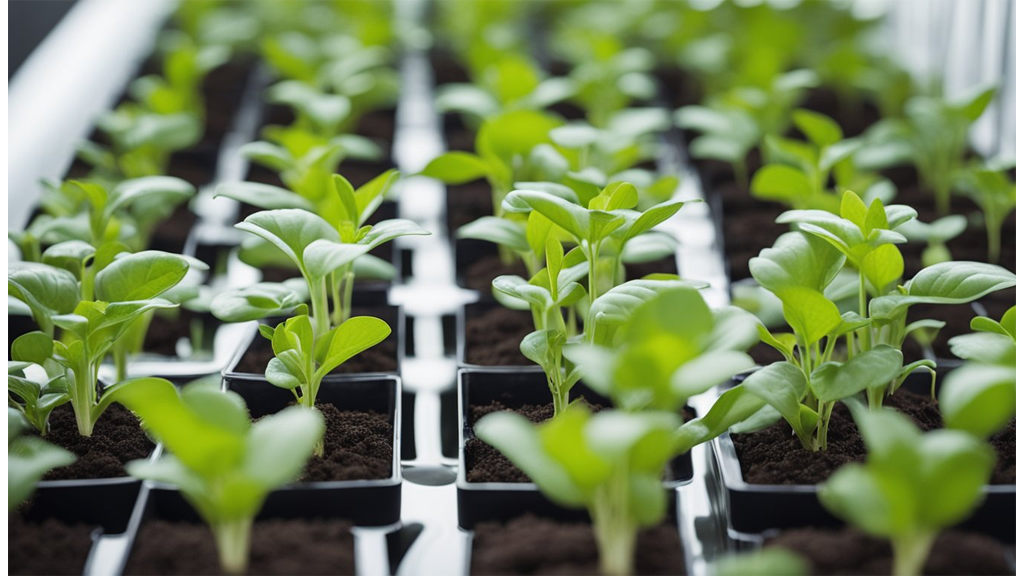
Hydroponic farming can be conducted in various environments, making it adaptable to both small spaces and larger areas. This flexibility offers an opportunity for us to grow plants both indoors and outdoors. The system makes efficient use of water and nutrients, dramatically reducing waste.
One significant advantage of hydroponic farming is the reduced risk of soil-borne diseases. By eliminating soil, we can decrease the chance of these diseases affecting our plants, resulting in healthier crops. With the right setup, we can see impressive results, like quicker growth and substantial yields.
Several types of hydroponic systems exist, from simple DIY setups to more complex aquaponic systems. These systems cater to different types of plants and spaces, allowing us to tailor our approach to meet specific needs. Whether we are dealing with herbs or vegetables, hydroponics offers a viable and productive farming technique.
Hydroponic Systems Without Electricity
When exploring hydroponic systems that operate without electricity, two methods stand out: the Wick System and the Kratky System. These systems are cost-effective, suitable for off-grid locations, and require less maintenance.

Wick System
The Wick System is a simple and passive method where plants absorb the nutrient solution through a wick. This system requires a growing container, wicking material (like cotton or nylon), a nutrient solution reservoir, and a growing medium such as perlite or vermiculite.
The wick uses capillary action to deliver nutrients directly to the plant roots. Ideal for small-scale use, this method suits herbs and small plants with lower water and nutrient needs. Its simplicity means there are no moving parts, reducing maintenance. However, this system isn't suitable for larger plants with higher demands.
Kratky System
The Kratky System is another passive hydroponic approach that requires no electricity or pumps. Essential components include a container with a lid, net pots or cups, a growing medium like rockwool or hydroton, and a nutrient solution.
With this setup, plants are suspended over a nutrient solution with roots partially submerged. As the solution is used, an air gap forms, providing roots with essential oxygen. This system is easy to set up and maintain, making it perfect for leafy greens. It's important to monitor nutrient levels to prevent drying out, and it's not suitable for all plant types.
What Is The Kratky Method
The Kratky Method is a fascinating passive hydroponic technique that doesn't require electricity or pumps. Designed by Dr. B.A. Kratky from the University of Hawaii, this method offers a simple way to grow plants hydroponically with minimal maintenance.
At its core, this technique relies on a container filled with nutrient solution and a growing medium, like rockwool, to hold the plant. As the plant grows, the water level gradually decreases, allowing air roots to develop, which is crucial for plant health.
A key advantage of the Kratky Method is its ability to grow leafy greens and herbs with ease. Some popular choices are lettuce, spinach, basil, and cilantro. The simplicity of the system makes it ideal for beginners and those with limited space or resources.
By eliminating the need for pumps, the Kratky Method uses gravity to manage oxygen supply. This not only simplifies the setup but also reduces costs and energy use. The method is perfect for those wanting a hands-off approach to hydroponics.
Overall, this method enables us to enjoy the benefits of fresh, home-grown produce without needing complicated equipment or extensive hydroponic knowledge. Its user-friendly nature makes it an attractive option for many urban gardeners.
How To Build A Kratky System
Building a Kratky system is a fantastic way for us to enjoy hydroponics without any electricity. We need a few materials to get started.
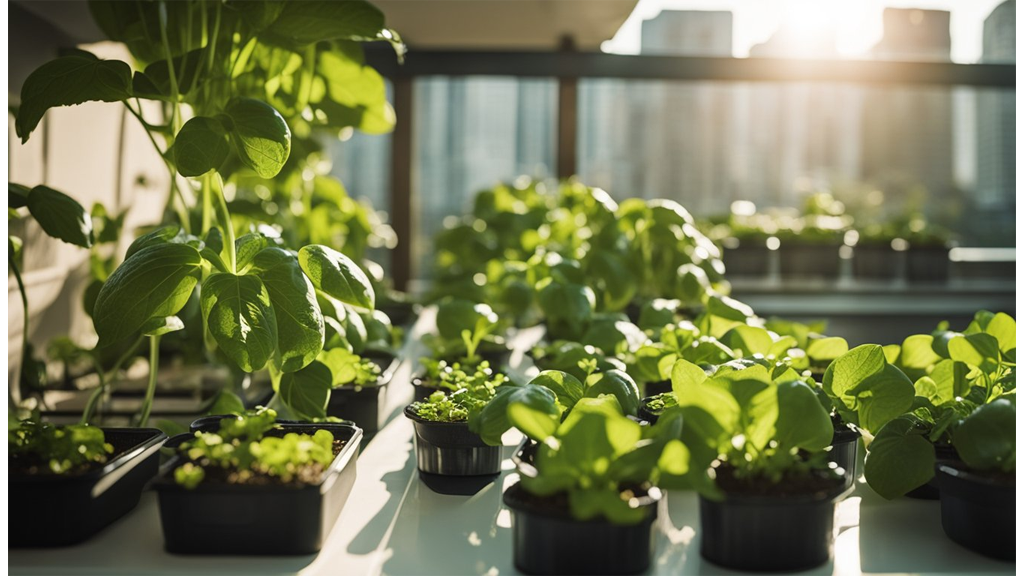
Materials Needed:
- Opaque container: This helps prevent algae growth.
- Net pots: These hold the plants in place.
- Growing medium: Options include rockwool, coco fibre, perlite, or vermiculite.
- Hydroponic nutrient solution: Essential for plant growth.
- Seedlings or seeds: To start the growing process.
Preparing the Container:
First, let's grab an opaque container with a lid. Cut holes in the lid that are just the right size for our net pots. These will support our plants and keep them steady.
Assembling the System:
Now, we'll fill the container with the nutrient solution until it reaches the base of the net pots. Place the seedlings in the net pots along with our chosen growing media, whether that’s coco fibre, perlite, or another option.
Monitoring and Maintenance:
As plants use the nutrient solution, an air gap will form. This air gap provides essential oxygen to the roots, so it's important not to refill the solution. We can simply let the level decrease naturally, maintaining healthy growth.
Building a Kratky system is accessible and energy-efficient. By using simple materials, we can set up our own passive hydroponic system right at home.
Problems With The Kratky Method
There are a few issues we encounter when using the Kratky Method. One common problem is algae growth. When light penetrates the nutrient solution, algae can form, which may compete with plants for nutrients. To mitigate this, we recommend using opaque containers to block out light.
Another issue is with stagnant water, as it can become a breeding ground for mosquitoes. This can be addressed by covering any openings to prevent mosquito access.
Nutrient imbalances may also arise over time, affecting plant growth and yield. Since there isn't a consistent system for adjusting nutrient levels, we should monitor and adjust these levels periodically.
As we know, the Kratky Method doesn't allow for different plants at various growth stages in the same reservoir, which can pose an obstacle to those planning diverse plantings.
It's best suited for leafy greens rather than plants with higher nutrient and water needs. While the hands-off nature is appealing, these limitations need consideration for optimal results.
Conclusion
As we've discovered, hydroponics can indeed thrive without electricity. Passive systems, such as the raft method, allow plants to flourish using a simple setup without relying on pumps.
This method often involves placing seedlings on a raft in nutrient-rich water. The nutrient film technique is another option worth exploring for those who prefer a more hands-on approach without the need for significant power sources.
An added benefit of these low-energy systems is their sustainability. They reduce dependency on electricity and lower potential risks related to power outages that might disrupt other hydroponic setups.
With creativity and strategic planning, we can craft tailored solutions that maximise growth while minimising energy usage. Hydroponic gardening without electricity offers flexibility and a unique way to embrace eco-friendly practices.







 Store Locator
Store Locator
